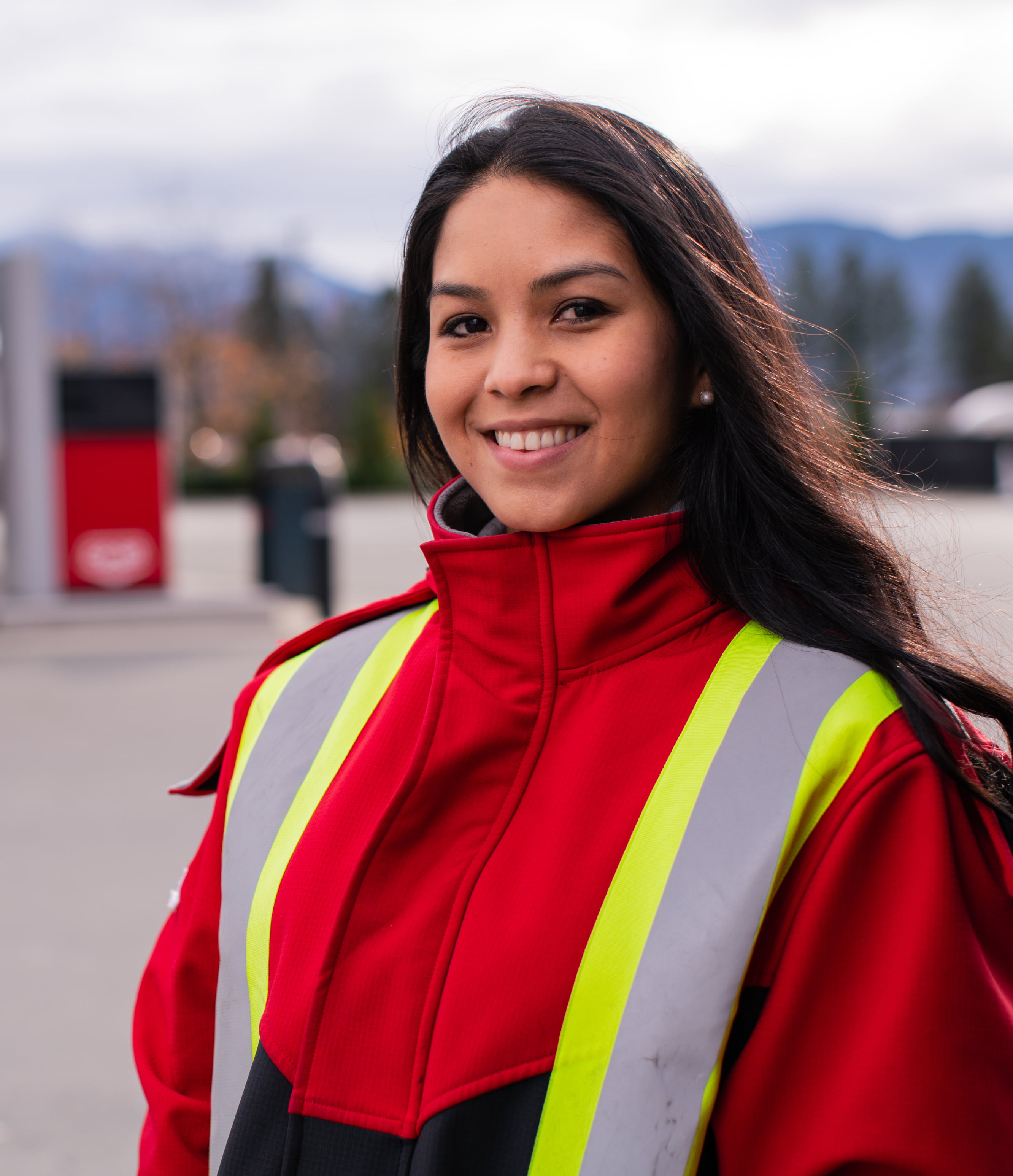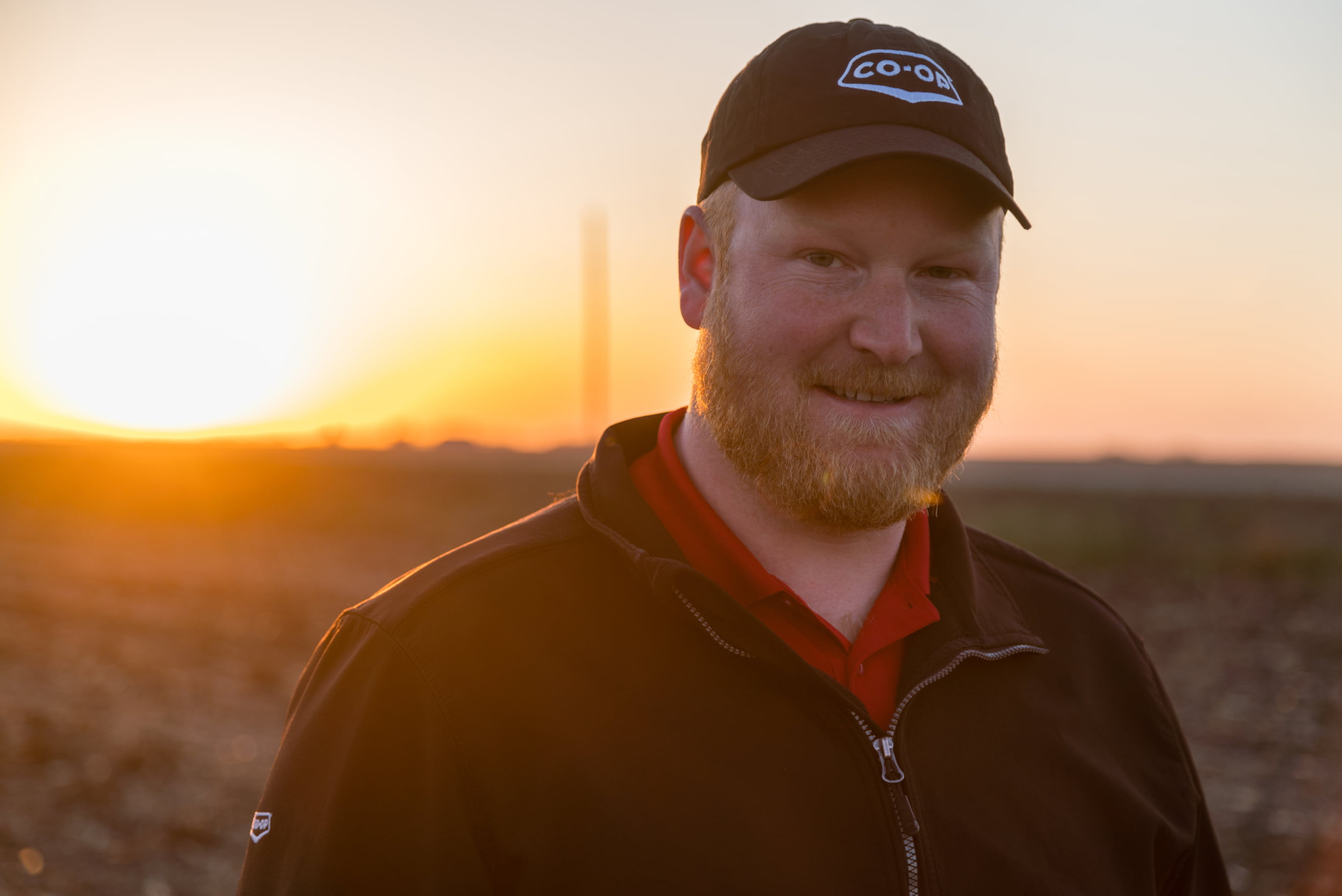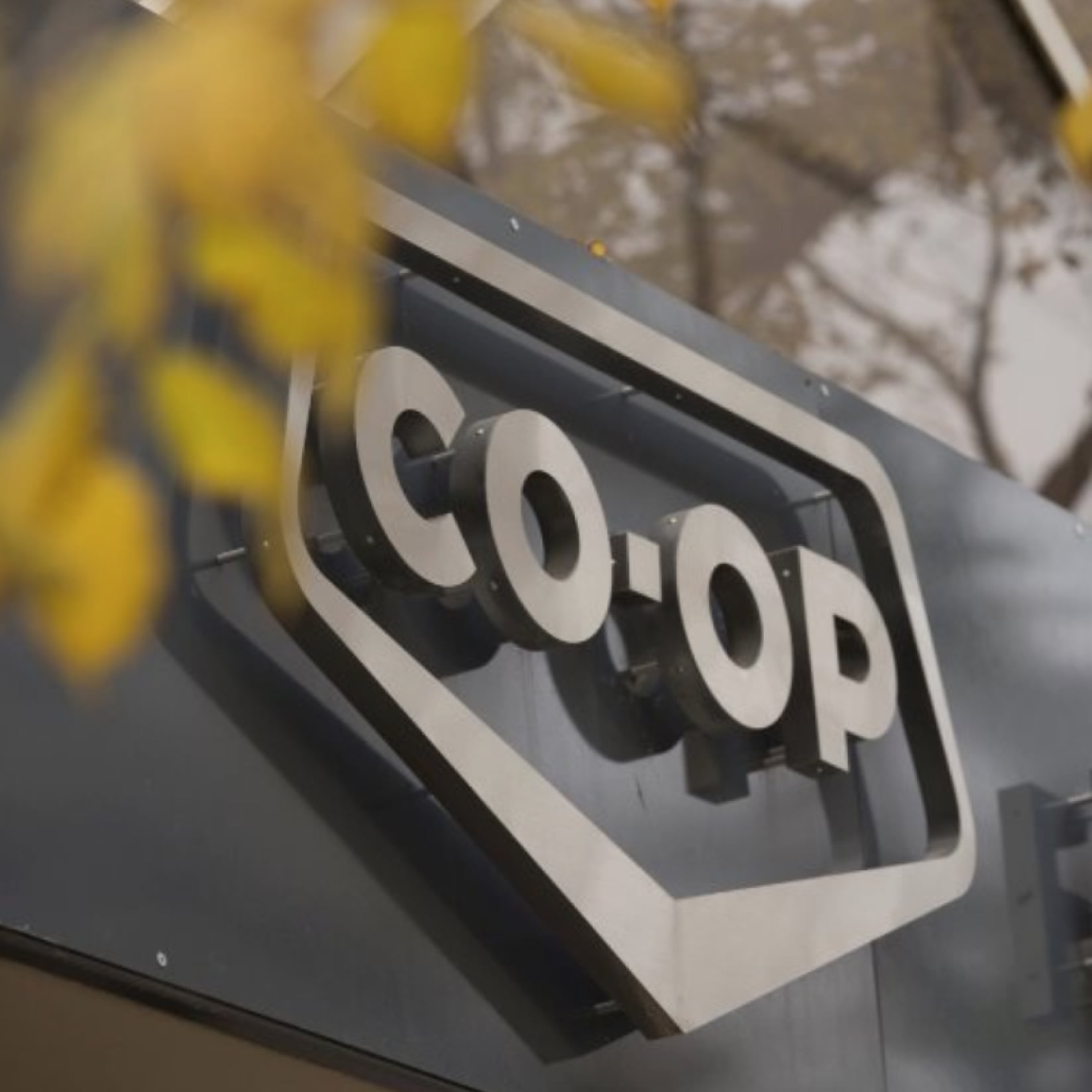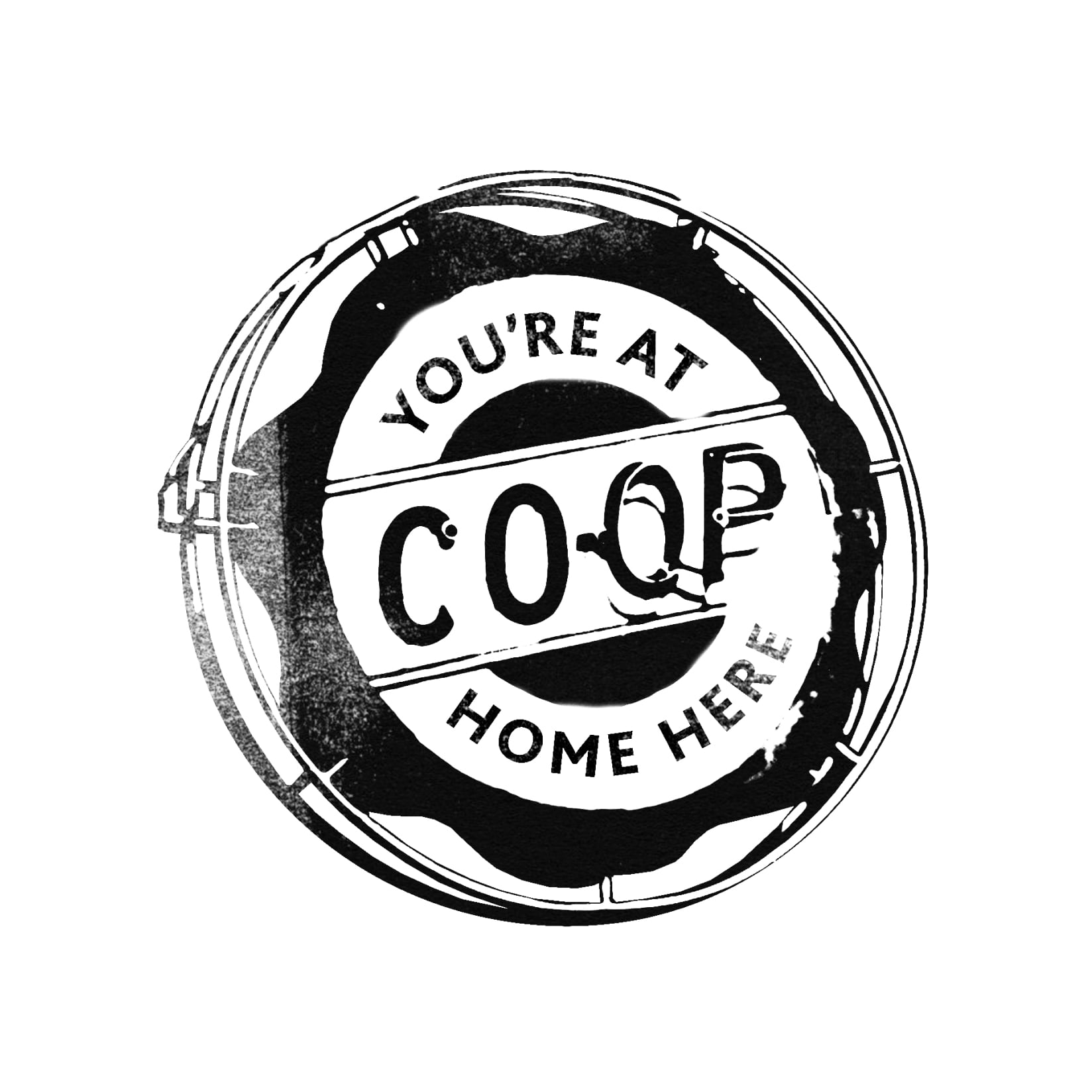Co-creation is part of the fabric of Federated Co-operatives Limited, also known as FCL. The roots of the company date back to 1928, when a group of farmers in Manitoba and Saskatchewan recognized the need for individual associations to work together to provide members with easier access to goods.
Today, FCL is owned by more than 160 independent retail co-operative businesses in Western Canada that make up the Co-operative Retailing System (CRS), and it’s still focused on building long-term sustainable value for its members, employees and communities.
It comes as no surprise, then, that customer service is a high priority at a company built on community. It’s been a major area of focus for Co-op. As they worked with local Co-ops to continuously improve their customer experience, FCL recognized the need for alignment with their employee experience.
As Rilla Block, talent management specialist and employee experience program lead at FCL explains, “When we considered our customer experience, it became clear that if we want this to be a great place to shop, we have to first be a great place to work. We can't be there for customers if we're not there first for employees.”
According to the Harvard Business Review, “Customer experience and employee experience are now two of the driving forces of business. Independently, each function leads to valuable relationships – with customers and employees – but when CX and EX are managed together, they create a unique, sustainable competitive advantage.”
To bring their customer experience to life, Co-op needed an employee experience vision and direction. They wanted to understand the current employee experience – what was working for people and what wasn’t – so they could develop a solid plan of action with the support and mechanisms in place to effect real change.
“We have different ways of working with clients,” explains Habanero Senior Advisor Caterina Sanders. “For Co-op, we developed an engagement model tailored to meet their needs. It included a research plan and toolkit, training and coaching for the Co-op EX team to complete the work in-house, as well as ongoing support. It’s a great option for organizations that want to build internal capacity for employee experience design.”
“Habanero really spoke to us, because they were willing to listen and start fresh to create what we needed,” Rilla recalls. “And they had a deeper level of expertise in this employee experience space, so we had confidence in the process and the results.”
Designing a consistent employee experience
FCL and local Co-ops regularly conduct engagement surveys with employees, but this project was their most comprehensive look at their employee experience across the CRS. The CRS is a large and diverse network that is made up of independent retail co-operatives, each with its own CEO, structure and area of business, from home-grown energy solutions and high-quality grocery to agriculture technologies and home and building solutions.
Together, they wanted to create a consistent employee experience for everyone that lives up to their promise of being a great place to work. They also wanted to expand ownership of employee experience across the business. “There was the perception that engagement falls within HR, but employee experience belongs to everyone,” says Rilla.
“Employee experience is a critical pillar of our customer experience vision and mission,” explains Shauna Wilkinson, associate vice president of talent management at FCL. “We knew we needed to have a deeper understanding of the current employee experience across the entire Co-operative Retailing System in order to design for the future we want – one that meets the needs of our employees and our customers.”
Coaching to lead
The project kicked off early in 2020, as Caterina led a series of workshops with senior leaders at Co-op and coached the Co-op EX team to prepare for the subsequent sessions with other groups in the company. Having established relationships with people across the organization helped ensure the success of the research phase. “We wanted to use this as an opportunity for people to feel like they're being heard. We wanted them to know that we care about their experiences,” says Rilla.
Although the Co-op EX team completed the bulk of the research on their own, they had plenty of support from Caterina, as well as Mallory O’Connor and Toni Albert, who acted as account manager and experience design consultant, respectively, on the project. “It was incredible to have the folks from Habanero as a resource over the past year. They were able to answer all our questions and were really open and supportive throughout the whole project,” says Rilla.
A COVID pivot: remote research during lockdown
After March 2020, the project shifted, as lockdowns forced the cancellation of further in-person workshops. The Co-op EX team conducted virtual workshops with some of the office employees, but that wasn’t going to be possible with frontline employees, who didn’t have the time or infrastructure to join a remote workshop, especially during the first few hectic months of the pandemic. The team regrouped with a new strategy to gather the insight they needed.
They devised an engaging survey format to uncover the type of insight they were seeking from the workshops. The Co-op EX team recorded introductory videos to orient survey-takers to the content, just as they normally would in a workshop. In the one-minute videos, they explained the intent of the questions and let people know how long they might need to set aside to properly respond.
"It was really successful and drew out the representative responses we were looking for,” says Caterina. “It was a neat little innovative moment. At that point, we hadn’t really done anything like that before, but it provided really good results.”
“People were more candid because HR wasn't in the room. I think that’s also a testament to how it was set up,” says Rilla. Surveys tend to be quantitative in nature, but the team developed a format to elicit more qualitative responses. “When we do engagement surveys, employees select options, like ‘slightly, agree,’ ‘agree,’ ‘disagree.’ This survey was structured in a different way. The questions prompted people to write about what they cared about, and it resulted in rich stories that told us a lot about how they were doing.”
The team recognized that it can be tough for employees to find the time to devote thoughtful attention to a survey while on the job, especially if they’re retail workers. Instead of sending the survey to everyone across Co-op, the Co-op EX team reached out to different regions and stores to invite participants representing a range of demographics, tenure and business areas. The team provided them with a detailed information package along with incentives to set time aside to answer the questions.
“Our local HR teams really helped with on-the-ground support,” explains Rilla. “If I just sent out mass emails and expected participation, it wouldn’t have worked. People tend to ignore that.” With the survey, the team was able to gather more responses and engage people in remote locations that would have been hard to visit with a workshop.
Making sense of the findings
The team spent time coding and analyzing the findings to draw out insights the Co-op could use in concrete ways. They began to notice emerging themes that pointed to what was working well in the organization and what needed attention. With this insight, the Co-op could decide what to do more of and what needed to be changed or fixed.
“We have engagement dimensions based on our regular surveys,” explains Rilla. “With these findings, I have been able to tag comments from participants with our engagement dimensions, which links it to our ongoing work and makes it meaningful for other parts of our business. The other day, a communications manager asked me if I learned anything about comms from this work. I could just pull up everything we uncovered related to communications and give it to them.”
They discovered that despite the company’s diversity, similar themes emerged. “We recognized that we could create a consistent employee experience, because there are so many similarities already,” says Rilla. “It might not be simple, but it’s definitely achievable.”
Building the roadmap and experience principles
The team received positive feedback from employees who participated in workshops or completed the surveys. Many of them shared that they felt heard, just as the Co-op EX team had wanted. There was one caveat, they said: “Make sure you do something with this.”
That’s exactly what they planned to do. Together, the team built an employee experience roadmap made up of concrete short- and long-term initiatives aligned to higher level objectives, all informed directly by their findings. They also defined experience principles that articulated who they are and what they were looking to do in order to guide the design of their employee experience.
“It was a process of mapping what we learned during research to real action,” says Rilla. “To improve our employee experience, we needed to consider how we would embed those findings within the business – into our leadership training, our onboarding and our performance process, for example – so at every step, we make sure we're considering the employee.”
Caterina provided coaching on how to use the roadmap in an Agile way. “The initiatives laid out in the roadmap aren’t carved in stone,” she says. “Instead, we can use the roadmap in an Agile way by experimenting and responding to circumstances with actions that meet the moment.”
“One of our focus areas is creating a culture of appreciation,” explains Rilla. “Part of that might include revising our recognition process or implementing a new platform, but we didn’t want to start there. Instead, we wanted to start by embedding that culture within our leadership programs, then with team members, until it’s something everyone is accustomed to. That’s an example of how we start at the top, then fold it into the rest of the organization as the roadmap continues.”
For leaders at Co-op, the findings were both reassuring and surprising. Some insights validated what they were hearing in their engagement surveys, while others pointed to persistent problems they thought they had addressed. It provided them with a sense of what was holding them back and the roadmap laid out initiatives they could lean into, giving them a much higher degree of confidence.
Enabling success
The roadmap and experience principles are valuable artefacts but change really happens when we put them to work.
“We know that sometimes projects can wither on the vine if you just hand off a roadmap and clients don’t know what to do next,” says Caterina. “With Co-op, we deliberately included an enablement phase to lay the governance groundwork that would bring our employee experience initiatives to life. Strong, clear governance helps clients take action and see their efforts bear fruit.”
Together they worked through the roadmap to identify the key people, like their sponsors and members of a steering committee and operations team, to gain broad buy-in throughout Co-op. Then Caterina developed a recruitment plan that included templates and guidance for how to engage people to get them on board. They established governance teams to empower leaders, like local Co-op CEOs and general managers, to help spread the word across the Co-op.
“The governance structure we created with Habanero helped us be successful,” says Rilla. “The teams make sure the responsibility for creating a great employee experience lies within us all; it’s not just HR’s problem.”
The power of story
For Co-op, conducting the research in-house with support from Habanero helped them engage employees in a rewarding process. Across the board, leaders and team members were open and willing to participate. Investing the time in this project helped gained their trust and the roadmap and experience principles tie action directly to the experiences that were shared.
Throughout the project, the team shared what they learned with FCL’s customer experience team. “Some of our findings were tied directly to the beliefs and behaviours that affect their customer experience,” says Caterina. “We were very intent on making sure the projects dovetailed while still treating them differently, and I think we achieved a nice level of integration.”
“There is so much work being done across the Co-op in the customer experience space, and now with more of an increased focus on employee experience, we can better bring employees along," says Shauna. At the end of the day, it is our employees that have the biggest impact on our customers.”










